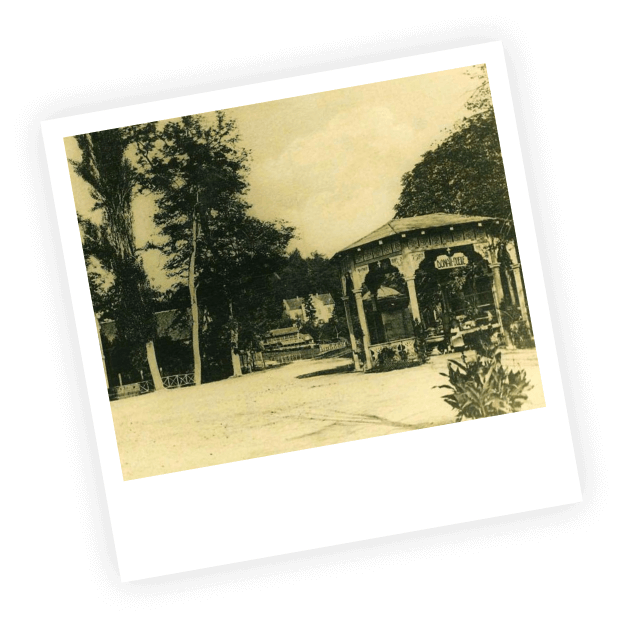
A natural solution for regular digestion for 115 years.
A natural solution for regular digestion for 115 years.
Long before our time, people knew about Donat and its effect on the body. Read the exciting story about the origin of Donat as we know it today.
Long ago – the legend of Pegasus
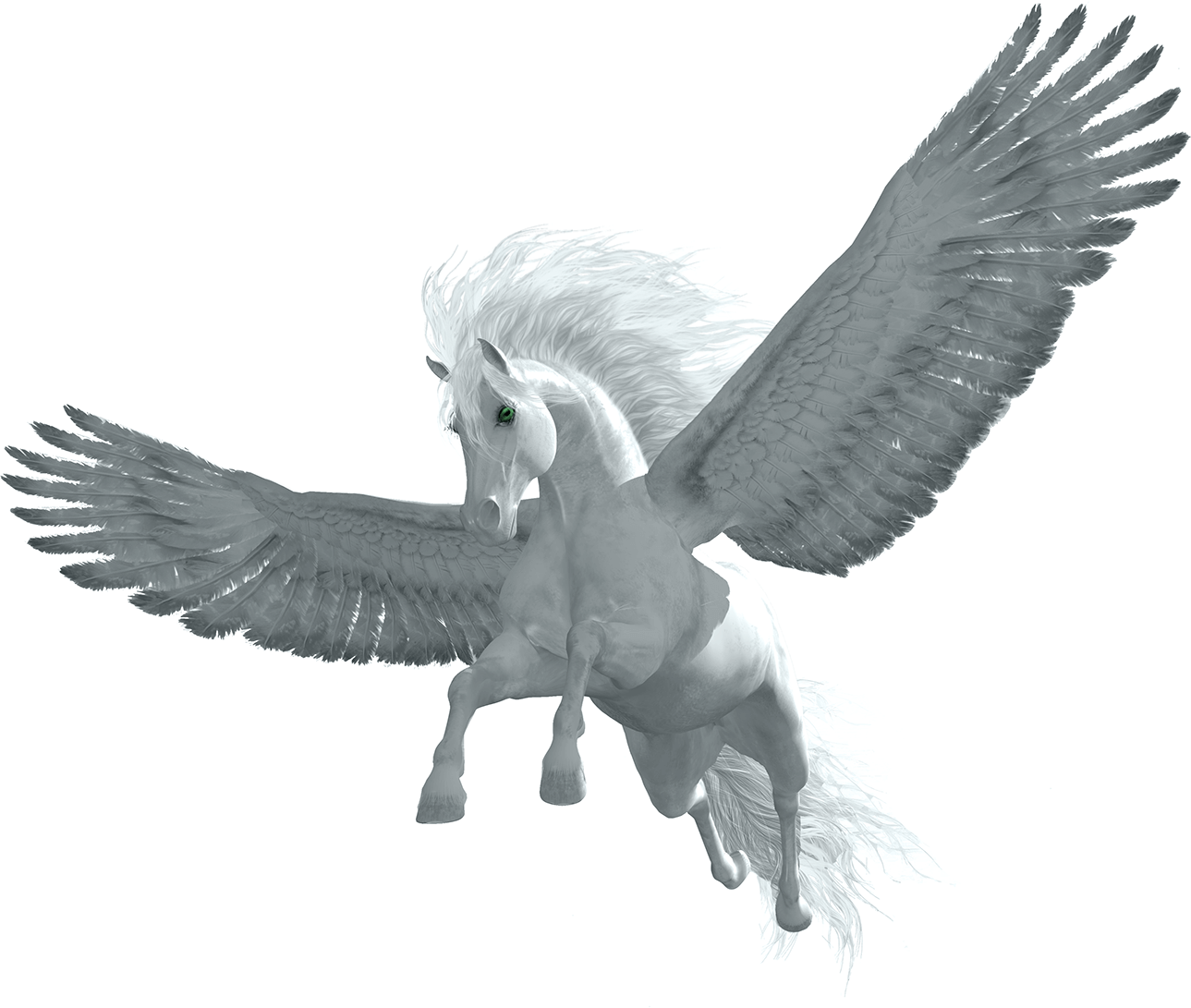
Long ago – the legend of Pegasus
A story from long ago, when gods and mythological heroes ruled, tells that the winged horse Pegasus was flying over Slovenia when he struck his hoof on a mountain and a spring of miraculous mineral water appeared. It might seem strange, but Pegasus’s Greek name Πήγασος (pron. Pígasos) is linked by experts to the word πηγή (pron. pêgế), which means a spring or source and explains the origin of the story.
The first records
before 1908

The first records
The first mention of the healing properties of the waters in the area of Rogaška Slatina dates back to 1572. Their good repute spread all the way to the Habsburg Empire, where they were imbibed as a valued therapeutic.
Discovery of the Donat source
1908
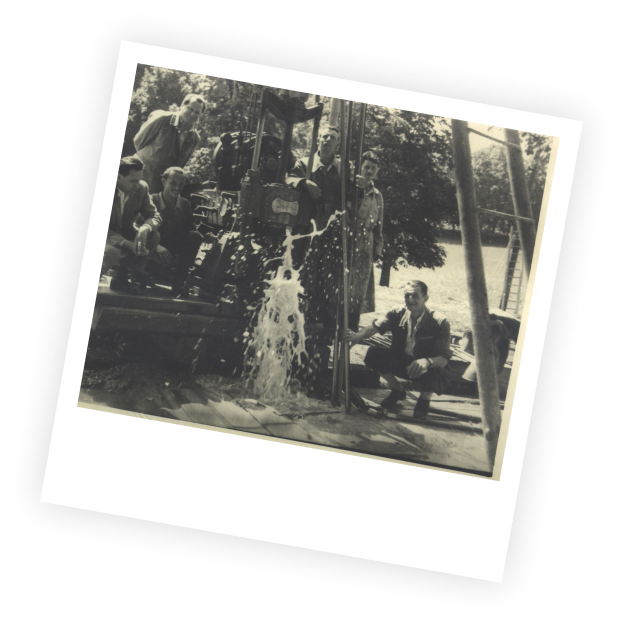
Discovery of the Donat source
In the area of Rogaška Slatina a number of mineral water wells had already been dug in the past, but these were not ideal for use. A major breakthrough was achieved in the early 20th century, when one of the boreholes yielded water with a very high mineral content. It was named Donat, since the source was close to Donat mountain (Donačka gora).
First scientific experiments on the effects of Donat
1936
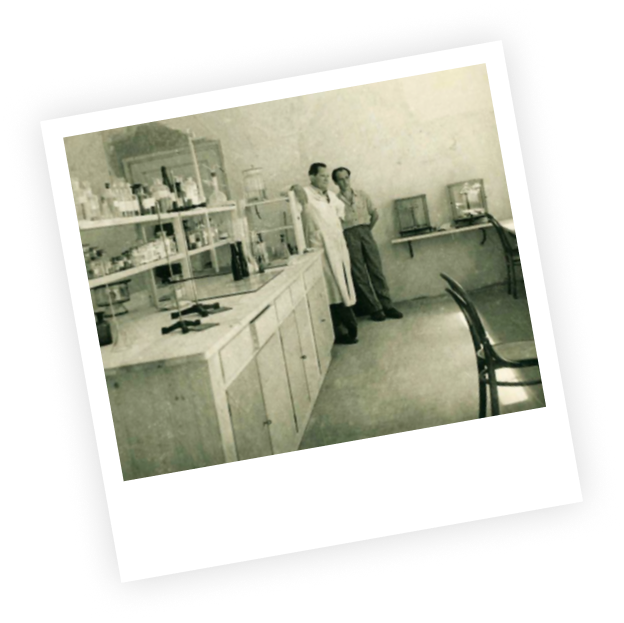
First scientific experiments on the effects of Donat
Local and international experts frequently mentioned the positive effects of drinking Donat in their literature, and published recommendations for drinking it. Prof. Leskovar, MD, was the head physician at the Rogaška Slatina Health Spa and he started conducting experiments on the effects of Donat on the human organism.
Donat receives official certificate of therapeutic properties
1964
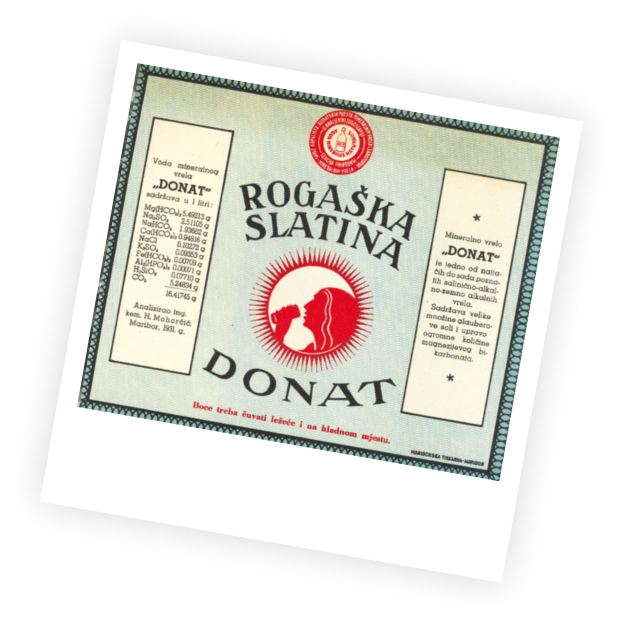
Donat receives official certificate of therapeutic properties
The therapeutic effects that the local people, physicians and Donat drinkers talked about were first officially confirmed in 1964, when a certificate of therapeutic properties was issued for the natural mineral water of the Donat well.
Opening of drinking hall
1967
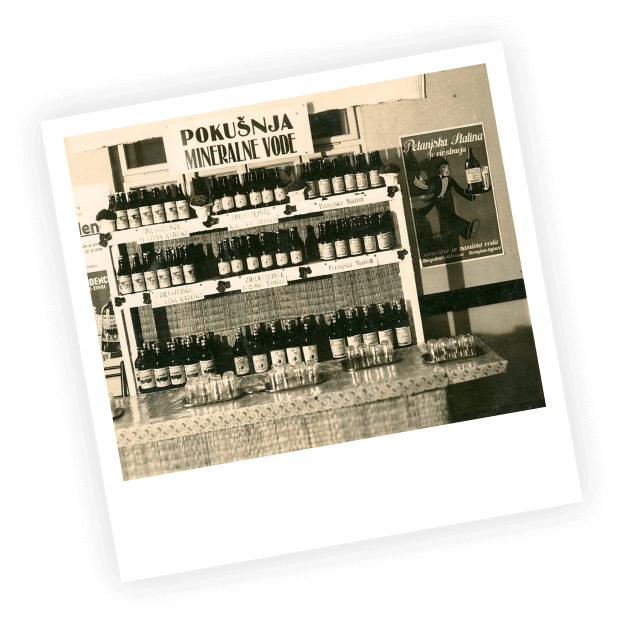
Opening of drinking hall
After a destructive fire which hit the old drinking hall, work soon began on the construction of a large new hall. Alongside the Rogaška Slatina Health Spa building, in 1967 a modern drinking hall was constructed with 11 fountains, where spa guests and visitors can still pour themselves Donat water today.
Founding of the Centre for the Development and Research of Mineral Waters
1987
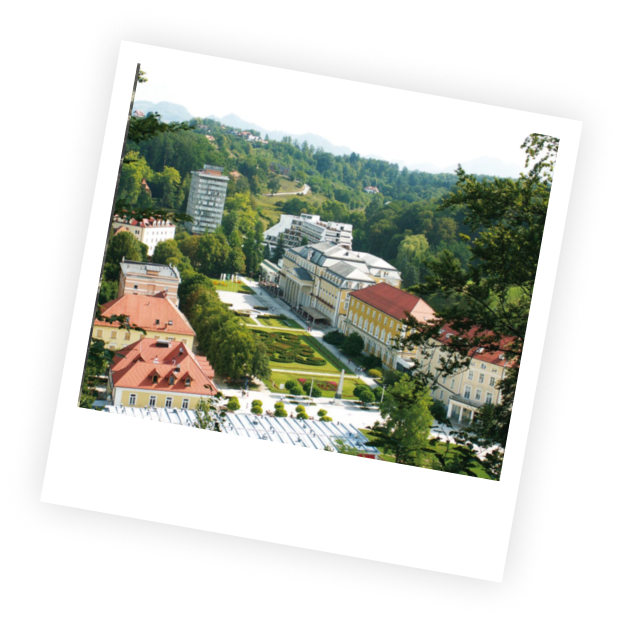
Founding of the Centre for the Development and Research of Mineral Waters
The Centre for the Development and Research of Mineral Waters has played an important part in research on the efficacy of Donat and its effect on the human organism. After 1987 the Centre became part of the Rogaška Slatina Health Spa, where research in the field of balneology continued.
Clinical study proves the effect of Donat on digestion
2015
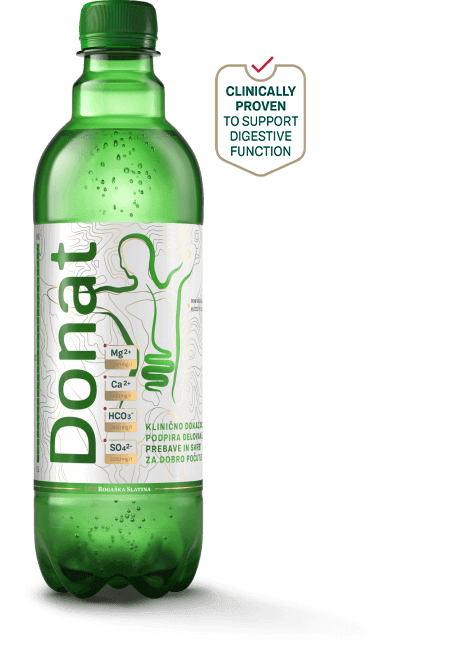
Clinical study proves the effect of Donat on digestion
An awareness of the positive effects of Donat was handed down from generation to generation and reinforced through various forms of research. The most important of these was a German clinical study carried out in 2015, which proved that Donat has a beneficial effect on digestion in people suffering from functional constipation.
You can read more about the study, which was published in the scientific journal European Journal of Nutrition, in the article Scientifically Proven Effectiveness of Donat.
Sustainability becomes the guiding force for development
2022
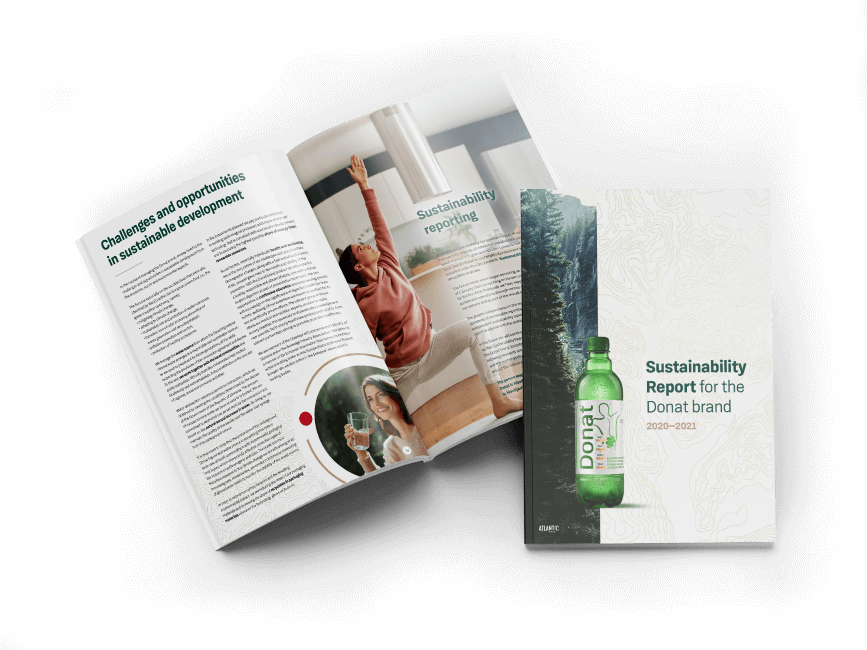
Sustainability becomes the guiding force for development
For 115 years now Donat has been setting high standards of sustainable development. In 2022 we set out clearly and transparently our aims and activities in the area of sustainability in our first independent sustainability report. We divided our efforts into four key pillars: people, products, environment and management.
SLO - ACCOUNT - Registration form
"*" indicates required fields